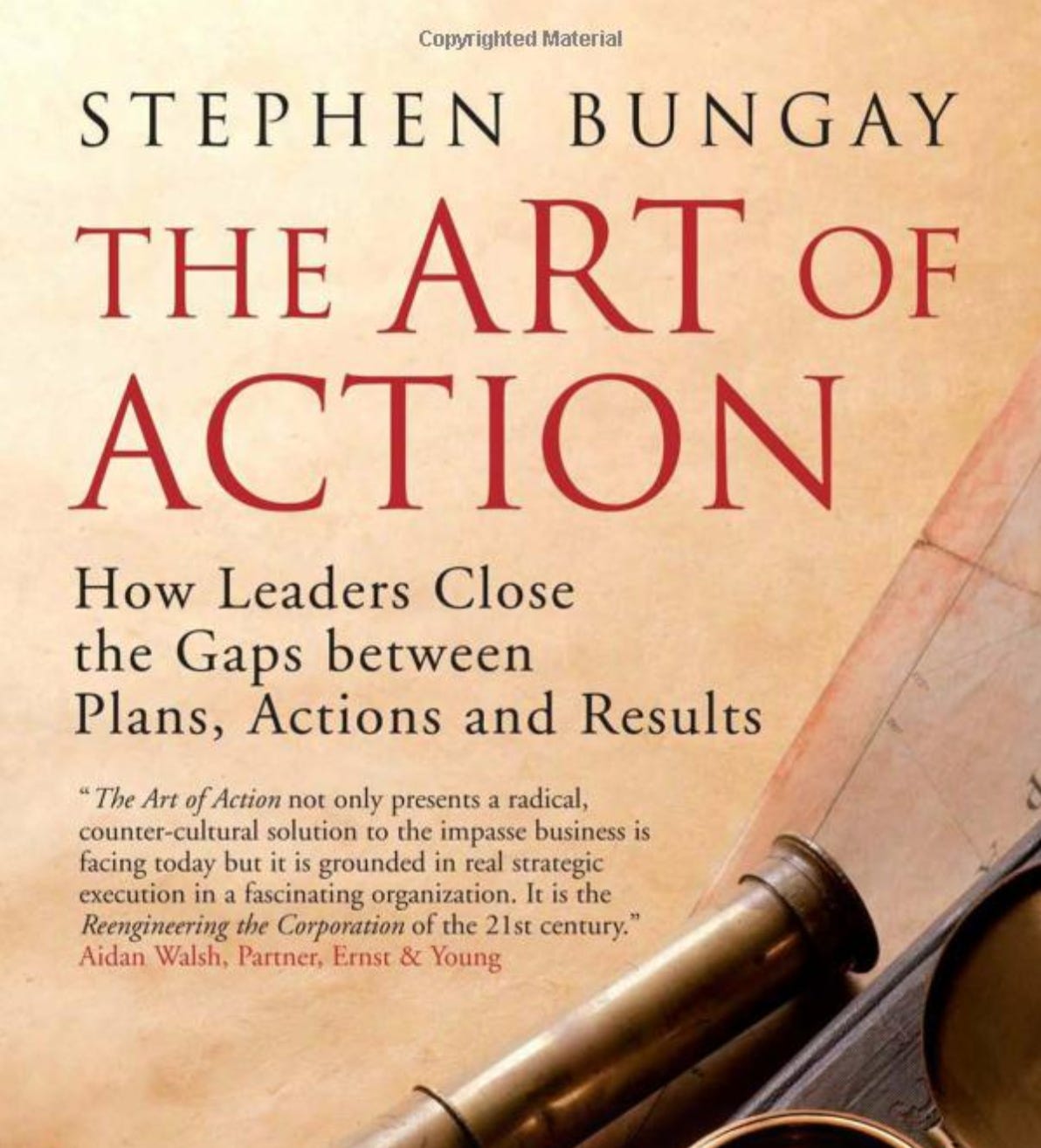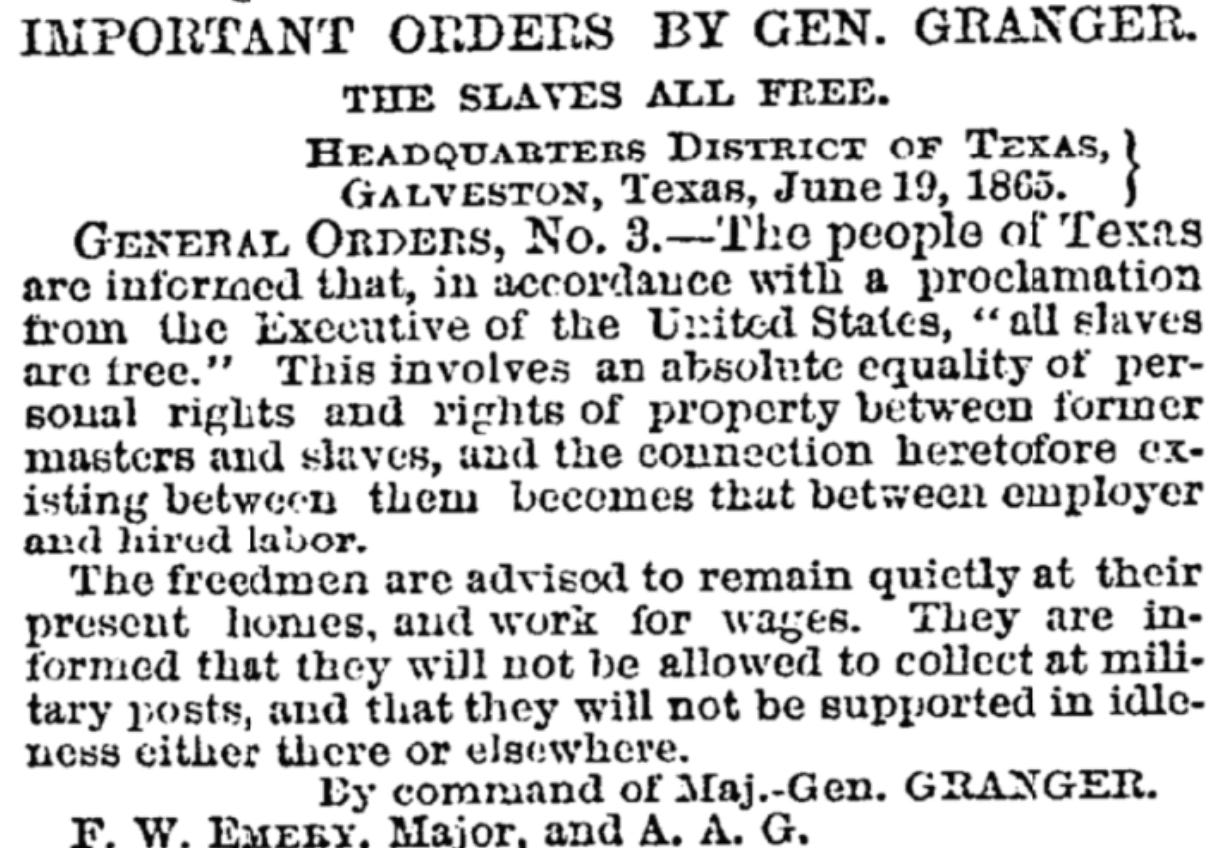Brady Moore (BM) is a longtime friend of WITI and a former Green Beret Officer. Today he’s Director of Mission Support at Cesium in Philadelphia. He’s written extensively about how to translate the planning process that he’s used in harsh/unforgiving environments into the business/startup realms. Here, he reviews a management classic that does a good job in bridging the divide. - Colin (CJN)
Brady here. I think it’s common knowledge that most people in business say that their strategies don’t fail in the planning process, but in execution. And nowhere does business look for ideas on improved execution than the US military. The problem is that the US military does planning much differently from the business world - and the result is the military’s improved performance in execution. More than a couple veterans have had the idea of applying military planning processes to business, but few have actually gone and worked out which processes would be most beneficial and why. The Art of Action: How Leaders Close the Gaps between Plans, Actions and Results by Stephen Bungay provides a wide ranging but very readable explanation that military processes around planning and communication can help make sure the things that business leaders plan to accomplish actually get carried out. The author makes a well-crafted connection from early 19th century military theory to contemporary business, showing the reader how accepting some truths and limitations about human capabilities leads to better results. At 228 pages it's consumable across a few days.
Stephen Bungay is a former CEO and 17-year Boston Consulting Group consultant. Currently he’s the Director of the Ashridge Strategic Management Centre in London and as an acclaimed military historian has published various books, including The Most Dangerous Enemy: An Illustrated History of the Battle of Britain and Alamein. His added background as a historian is probably the reason he’s able to somehow connect Carl von Clausewitz to British Airways’ and Komatsu’s management philosophies - which he does admirably.
Why is this interesting?
The Art of Action does a few things really well: it focuses on the importance of commander's intent, on the criticality of back briefing, and it helps to prove that it's not the plan, but the process of continuous planning and execution, that's key. Bungay explains early on that the cause of failure and difficulty in the military realm is the same in business: friction. Nothing ever happens the way you expect it to, and a million little things pop up along the way to make the work painful. By changing organizational culture to push decisions down to the lowest level, armies and businesses have minimized risk and made execution faster and much more effective. What this requires is trust and good, continuous communication. This allows teams to close gaps in knowledge, alignment and effects to produce results that fit the intent. And Bungay doesn't just claim it's all a good idea- he shows you how to do it.
Having worked for organizations that routinely push decisions to the lowest level, I can tell you that it’s not easy to do. Top-level leaders need to be confident that people in their company are trained and capable of making good decisions, and they have to be ready to underwrite honest mistakes. But if you can shift the company’s culture in the right direction - where employees know that their abilities and judgment are valued - you can expect more effective, faster decisions. If you’re in a market that’s changing quickly and has the same type of uncertainty that you find on a battlefield, you’ll find that this approach makes you much more competitive.
The Art of Action is probably the business book I've recommended the most to people and certainly the one I've re-read more than any other. You'll come away with usable methods to immediately improve your planning and execution, as well as big ideas for improving big-picture. No other book that I've found better applies a number of martial models to business, and I recommend it to any reader of this newsletter before any other book. (BJM)
Newspaper of the Day:
Below is how the New York Times covered General Orders, Number 3 on June 19, 1865, the day that would eventually come to be called Juneteenth. The news didn’t make the paper until weeks later on July 7th. Despite the emancipation proclamation being signed two years earlier, many slaves were still being held in Texas. Per Henry Louis Gates Jr., “Since the capture of New Orleans in 1862, slave owners in Mississippi, Louisiana and other points east had been migrating to Texas to escape the Union Army’s reach. In a hurried re-enactment of the original Middle Passage, more than 150,000 slaves had made the trek west, according to historian Leon Litwack in his book Been in the Storm So Long: The Aftermath of Slavery. As one former slave he quotes recalled, ‘It looked like everybody in the world was going to Texas.’” (NRB)
—
WITI x McKinsey:
An ongoing partnership where we highlight interesting McKinsey research, writing, and data.
Life in the 2030s. The pandemic showed us that we are capable of adapting to rapid change, and at this rate, there could be more innovation in the next ten years than in any other decade in modern history. From outer space to shopping, wellness, and even video entertainment—change is coming, so be prepared.
—
Thanks for reading,
Noah (NRB) & Colin (CJN) & Brady (BM)
—
Why is this interesting? is a daily email from Noah Brier & Colin Nagy (and friends!) about interesting things. If you’ve enjoyed this edition, please consider forwarding it to a friend. If you’re reading it for the first time, consider subscribing (it’s free!).







This book perilously ignores the paradigm shift that happened when the US military (the Marines were first) finally decided to pay attention to the war fighting theories developed by one hard headed but brilliant fighter pilot, John Boyd.
https://en.wikipedia.org/wiki/John_Boyd_(military_strategist)